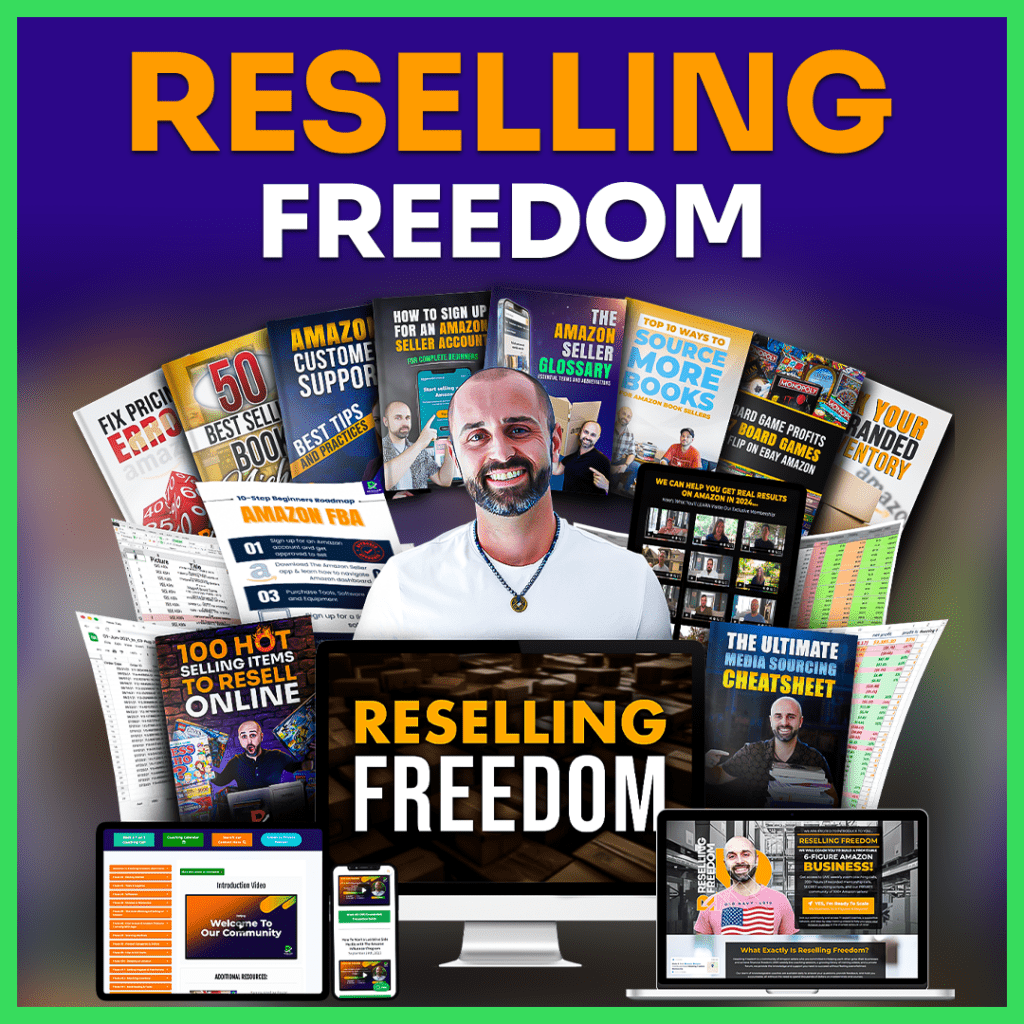
Starting a new journey as an Amazon seller can be both exciting and overwhelming, especially when you’ve just landed 300 free books and don’t know where to begin.
If you're like Chelsea, a new seller wondering how to turn those books into profit while avoiding unnecessary fees, you’re in the right place.
In this post, we’ll walk through actionable steps to help you sell your books on Amazon effectively.
We’ll also discuss how to avoid common pitfalls, like long-term storage fees, and make sure you’re setting yourself up for success.
1. Understanding Amazon Storage Fees
Let’s get this out of the way first because storage fees can be a pain point for new sellers.
The good news is that books are inexpensive to store with Amazon FBA (Fulfillment by Amazon).
The storage fees start as low as 3-5 cents per book per month.
However, once you hit the six-month mark, long-term storage fees kick in, which can add up over time if your inventory isn’t moving.
Here are two ways to manage your inventory to avoid excessive fees:
- Track your inventory: Make sure your books sell within six months. Amazon's fees increase significantly after that time.
- Consider Merchant Fulfillment: If you want to avoid paying any storage fees, you can list books as Merchant Fulfilled, meaning you store the books at home and ship them out when they sell. It’s more hands-on, but it saves you from paying for Amazon’s storage.
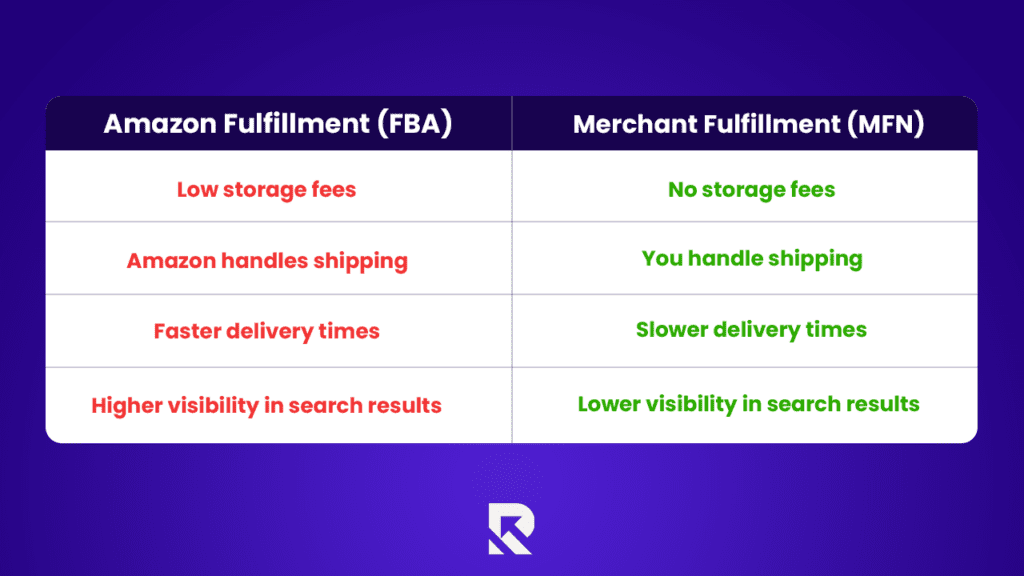
2. Set a Minimum Profit Margin
When you’re starting out, setting a minimum profit margin is crucial.
While more experienced sellers might flip books for a $2-$3 profit because they know how quickly those books will sell, you should aim for a minimum of $5-$8 in profit per book.
Why? This buffer protects you from unexpected costs like returns, price fluctuations, and Amazon’s fees. Here’s how to set that margin:
- Use the Amazon Seller App: When scanning books, the app will show you the potential profit after Amazon’s fees. Plug in what you paid for the book and any estimated shipping costs (about $0.50 per book works as a baseline).
- Account for returns: If a customer returns a book or something goes wrong (like damage in transit), you’ll have enough margin to cover the costs.
3. Focus on Sales Rank for Faster Sales
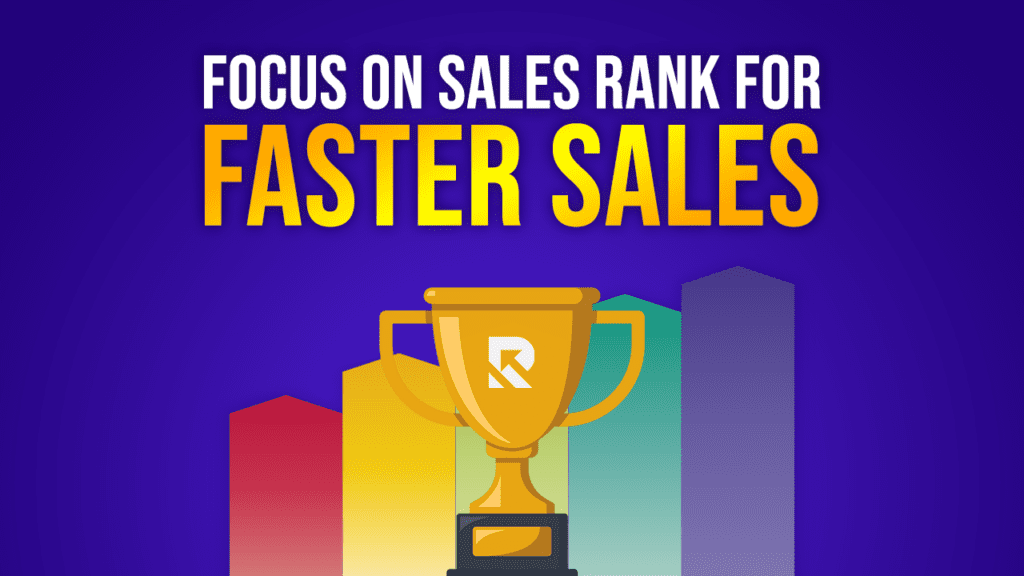
Amazon's sales rank is a key indicator of how often a book sells.
The lower the sales rank, the faster the book typically sells.
But be careful—sales rank is constantly fluctuating.
A book with a 300,000 rank today might have been at 5 million last week before it sold.
Here’s a general rule of thumb:
- Stick with books under 3 million in sales rank.
- For beginners, your sweet spot is books ranked between 100,000 and 1 million. These tend to sell consistently without sitting in storage for too long.
Books ranked between 1 million and 2 million are still viable but may take a bit longer to sell. If you’re willing to hold onto these, consider Merchant Fulfillment to avoid long-term storage fees.
4. Watch Out for Counterfeit Textbooks
Textbooks can be a goldmine, but they come with a risk: counterfeiting.
To protect your Amazon account from suspension or bans, use the Book Run Counterfeit Calculator.
It’s a free tool that allows you to check if a textbook is likely counterfeit.
Always run textbooks through this tool.
If a book shows up as likely or highly likely to be counterfeit, don’t sell it.
The last thing you want is a suspended Amazon account due to counterfeit goods.
5. Using Keepa for Sales Insights
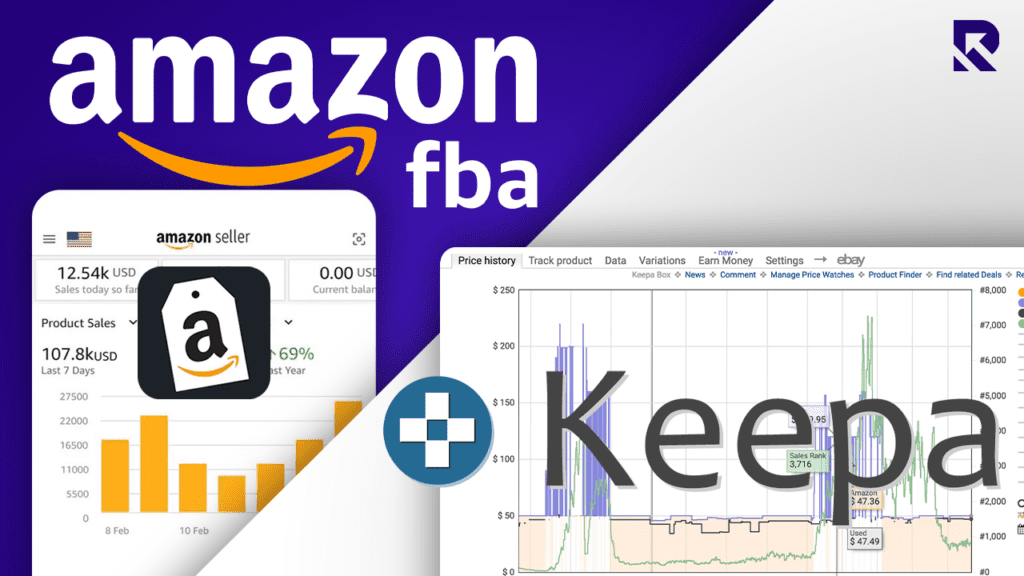
Keepa is an essential tool for Amazon sellers, offering detailed data about a book’s sales history.
While the Amazon Seller App shows sales rank, Keepa gives you more in-depth insights, like how often a book has sold over the past six months and what price fluctuations have looked like.
- What to look for: On a Keepa chart, each green drop represents a sale. If a book sells regularly, it will have a consistent number of drops over time.
- Aim for books with at least 1-2 sales per month. This ensures the book is in demand and helps prevent your inventory from sitting in Amazon’s warehouses for months.
6. Understanding the Intrinsic Value of a Book
Just because a book is listed at $40 doesn’t mean it’s worth $40.
Often, sellers list books at inflated prices, hoping they’ll sell during peak demand times, like textbook season.
But outside those times, prices drop, and a book that sells for $100 in August might only fetch $15 in December.
- Use Keepa to track a book’s true intrinsic value. If a book consistently sells for $20, don’t list it for $50 just because someone else is doing so. You’ll end up with a book that sits in storage for months, accruing fees.
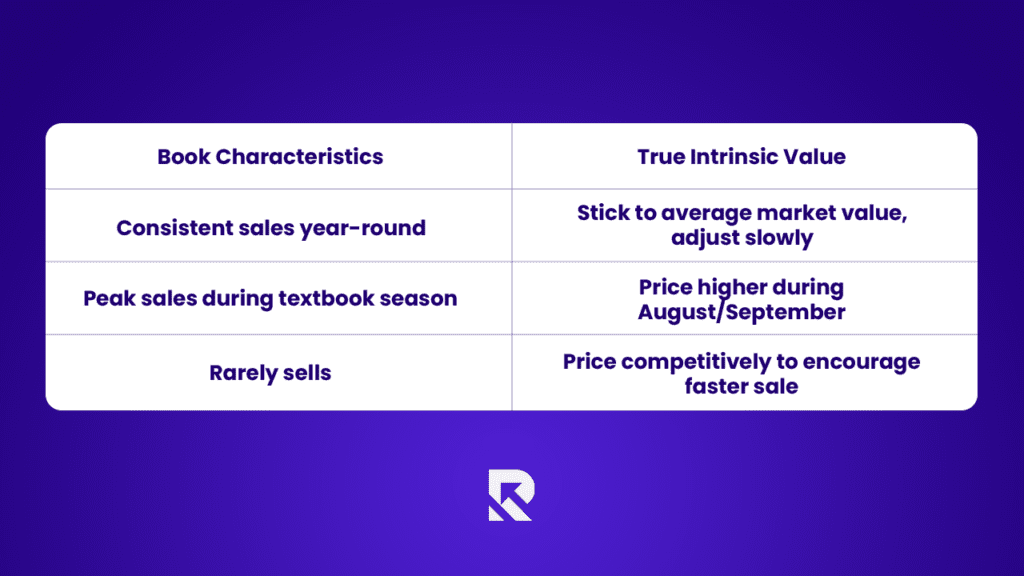
7. Repricing Your Inventory Regularly
Competitors are always adjusting their prices, and so should you.
Regular repricing helps you stay competitive and increases your chances of winning the Amazon Buy Box, which is the best way to make sales.
- Manual Repricing: You can do this manually by checking your listings and adjusting prices weekly.
- Automated Repricing Tools: If you have a large inventory, consider using a repricing tool like BQool or RepriceIt. These tools automatically adjust your prices based on competitors and sales rank.
8. Approval vs. Restriction: Don’t Get Discouraged
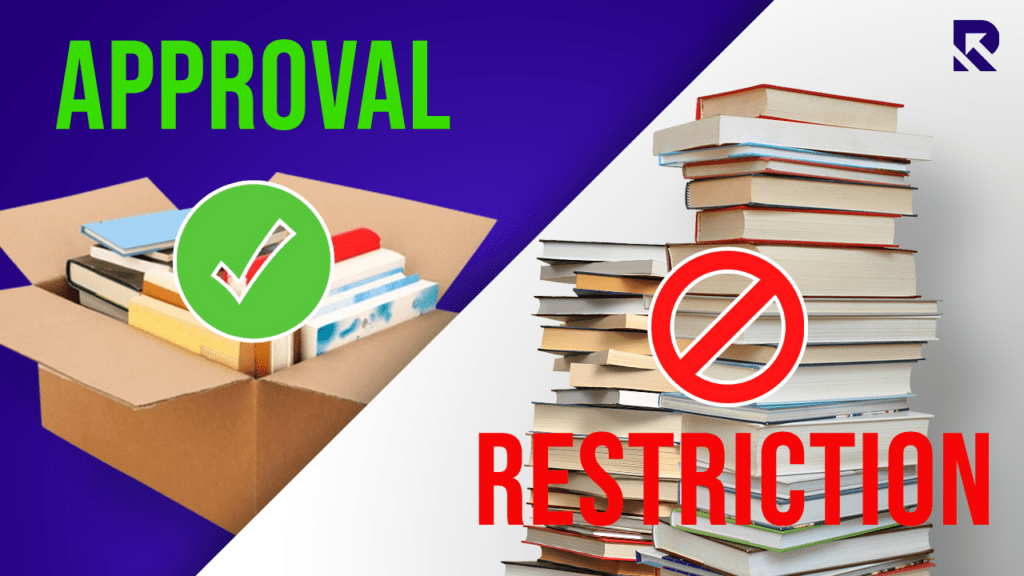
New sellers often get confused between "restricted" and "requires approval."
If a book says "requires approval," don’t panic—it often just means you need to click a few buttons to get approved to sell that book.
True restrictions are less common but typically apply to popular textbooks or high-demand brands.
Here’s what to do:
- Click through the approval prompts on the Amazon Seller App when listing your product.
- If the book is truly restricted, you may need to move on to the next item, but most books will simply require approval.
Selling your first batch of 300 books on Amazon can be a highly profitable venture when approached the right way.
By setting a solid minimum profit margin, focusing on sales rank, using tools like Keepa, and avoiding pitfalls like counterfeit books or inflated prices, you’re setting yourself up for success.
If you're still feeling unsure or need more guidance, consider joining book-selling workshops or communities like the 5-Day Book Selling Workshop mentioned earlier.
These groups can provide you with valuable insights, accountability, and support as you grow your business.
Good luck, and happy selling!
Steve w/ Raiken Profit


